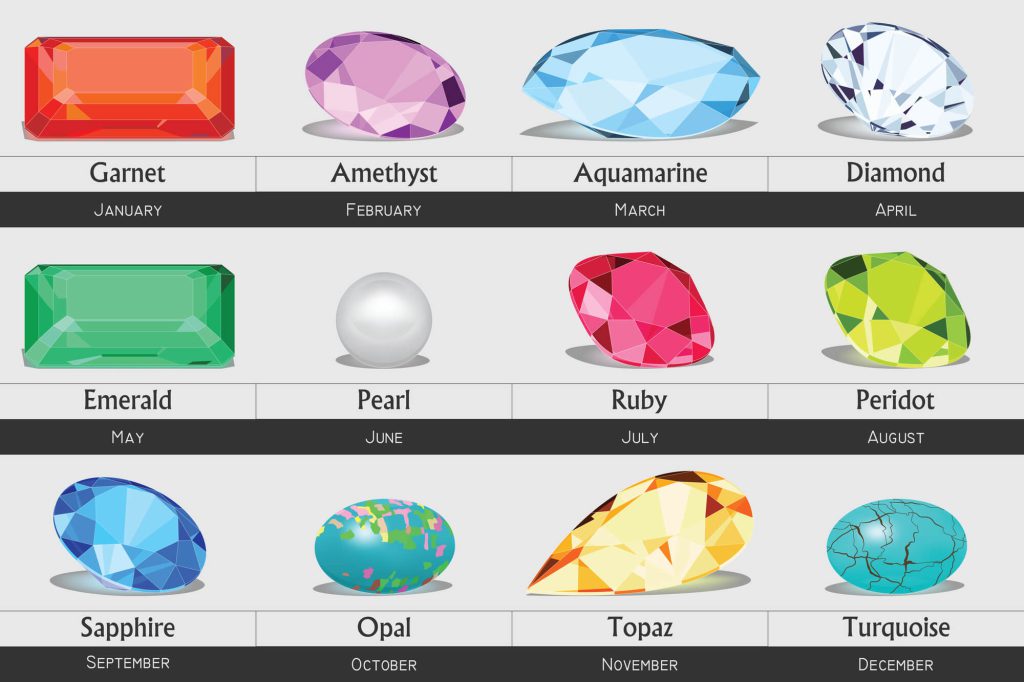Birthstones, these sparkling symbols of our birth month are so much more than mere gorgeous baubles. They have rich and amazing stories interweaved within our history, flash within mythology, and add to the human culture. Throughout centuries, such stones have retained fascination – after all, their rich spectrum of colors, mythical powers, and the very symbology they represent continue to cast a spell over humankind. Just like birthstones, birth month flowers also come complete with their own unique histories and meanings, offering a colorful, fragrant way to celebrate each month of the year. Discover Birth Month Flowers and their meanings as you journey through the world of gemstones.
Birthstones are gemstones attached to each month of the year, each believed to bring good luck and protection or unique powers to their owner. With ancient legends as a foundation, each stone has its color, meaning, and story, all adding a personal touch to jewelry and gifts.
The History and Myths behind Birthstones
The idea of birthstones was believed to have been conceived from the biblical Aaron’s twelve-stone breastplate that symbolized the twelve tribes of Israel. Over time, these stones became associated alternatively with the twelve apostles and eventually, the twelve months of the year. With time, the societies of different countries began to accept a concept of a gemstone linked with the month of birth and created an even more rich tapestry of myth, folklore, and belief.
The ancient civilizations held them in high esteem. The Greeks believed that the gemstones carried various powers and could even impact on human destiny. The Romans associated also the idea of the gems with some kind of god or something essential in life. This followed a pattern similar to many recommendations made in astrological charts of India that often included information about recommended gemstones that could bring good fortune or avert disaster.
Mystifying, myths involving the birthstone concept were as varied and vast as the cultures from which they emerged. For instance, the garnet, believed to be January’s birthstone, was said not only to have brightened the night but also provided protection against nightmares. And unlike the garnet, the amethyst, February’s birthstone, had been said to provide protection against drunkenness. And however diverse the origin and myth behind each of these stones – yet there is one common thread running through all of them – that is belief in the power and meaning held by these stones – and somehow our identity linked with placing them on.
As we move along our birthstone chart, just remember that every stone has centuries of myth, symbolism, and human experience to shape its properties. These precious stones are much more than adornments, for they are also gemstones with history or importance behind them which would typically contain some fascinating tales.
The individual gemstones we’ll explore next, plus a month-by-month visit with each birthstone beginning with the warm garnet of January and winding down to the cool tanzanite, turquoise, and zircon of December. So, tighten your seat belt and come along on this gemological trip with me.
The Birthstone Chart: Month by Month
January: Garnet
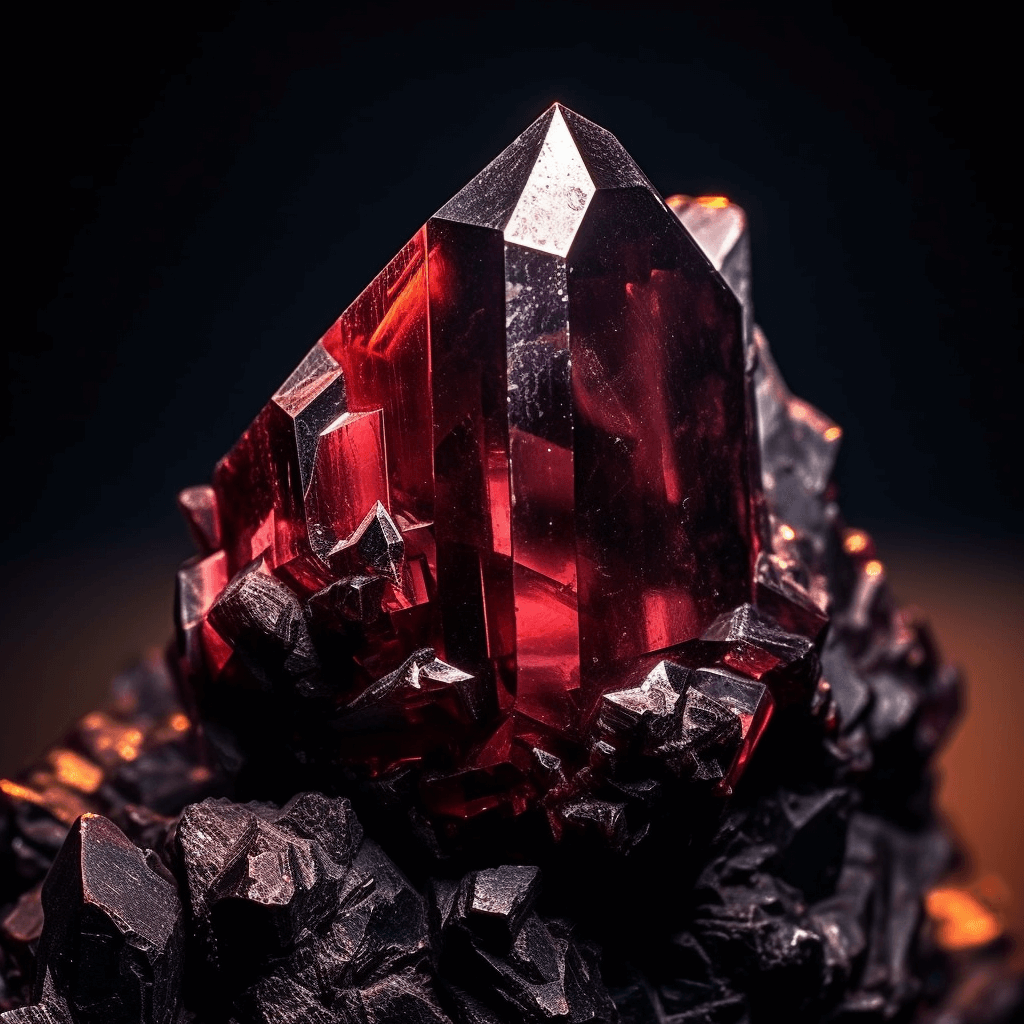
The deep, fiery garnet is the birthstone for January. Typically associated with a red color, the garnet arrives in everything from a green to an orange, pink to purple.
The word garnet derived from the Latin ‘granatum’, which means ‘pomegranate’, because the gemstone bears a resemblance to the red seeds of the pomegranate.
Garnets are known to be the regally connected gemstones for the reason that throughout mythology and history, it is noted that the gem has been prized since the Bronze Age. They were often provided as talismans going to a battle by warriors and believed that they would protect from any harm and disaster. It is known that in ancient Roman times signet rings, set only with carbuncle stones, which in fact were garnets, have been used to stamp the wax that was securing important documents.
Jewelry wise, garnets are often cut either into cabochons or faceted to best display their wonderful color and can be featured in every style of necklace, bracelet, earrings, or ring.
February: Amethyst
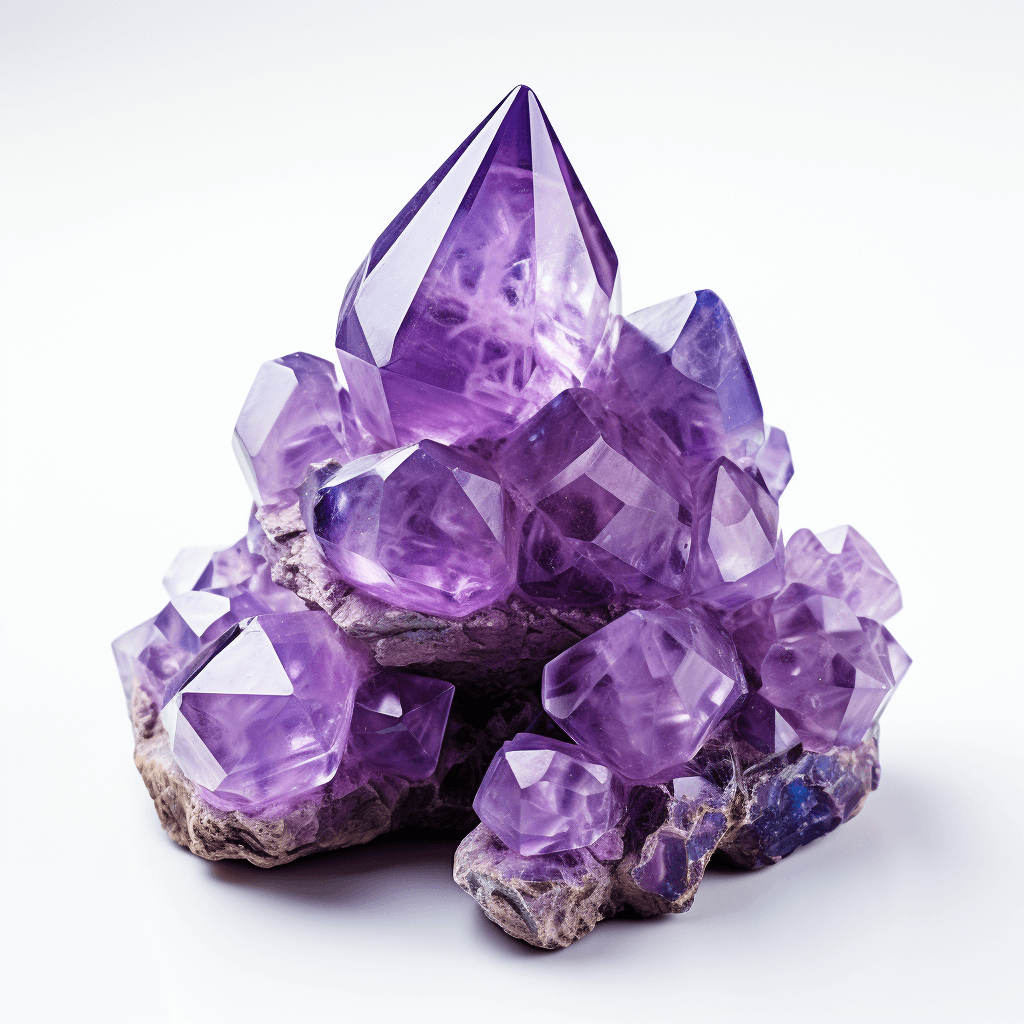
The Amethyst, February birthstone, is an alluring purple stone. Possibilities for designs range from light pinkish violet to a deep royal purple.
So, the word ‘amethyst’ has its origin in Greek ‘amethystos’, which means ‘not drunken’. Therefore, the ancient Greeks and Romans had been keeping amulets of amethyst. They believed that it is a gemstone which would protect them from getting tipsy.
In centuries past, Amethyst was highly priced and commonly endorsed power. It was part of every royal collection in the world from ancient Egypt to the British Crown Jewels of today.
According to myth, the gemstone was made by the Greek god Dionysus as a defense against drunkenness. Dionysus, insulted to the drunken blasphemy, proclaimed that the first mortal who crossed his path should be devoured by his tigers, and to fulfil this threat he was on the point of summoning two tigers when a fair young maiden named Amethyst, a devotee of Diana chanced to come along. The maiden called for the goddess’ protection, and Diana answered her by turning Amethyst into a clear, pure crystal. And when Dionysus recognised his error, tears of wine flowed from his eyes onto the crystal-like water, which became stained purple, and from this act came the gemstone amethyst.
From the design point of view, amethyst is generally cut into various shapes and sizes in order to add beauty to pendants, rings, earrings, and other fashionable stone-based items. Its royal color gives it grace as well as elegance and charm, making it a perfect gem for decoration in today’s world of fashion.
Do stay tuned here as we investigate the fascinating chronicles of other birthstones in future chapters of this book.
Aquamarine – March
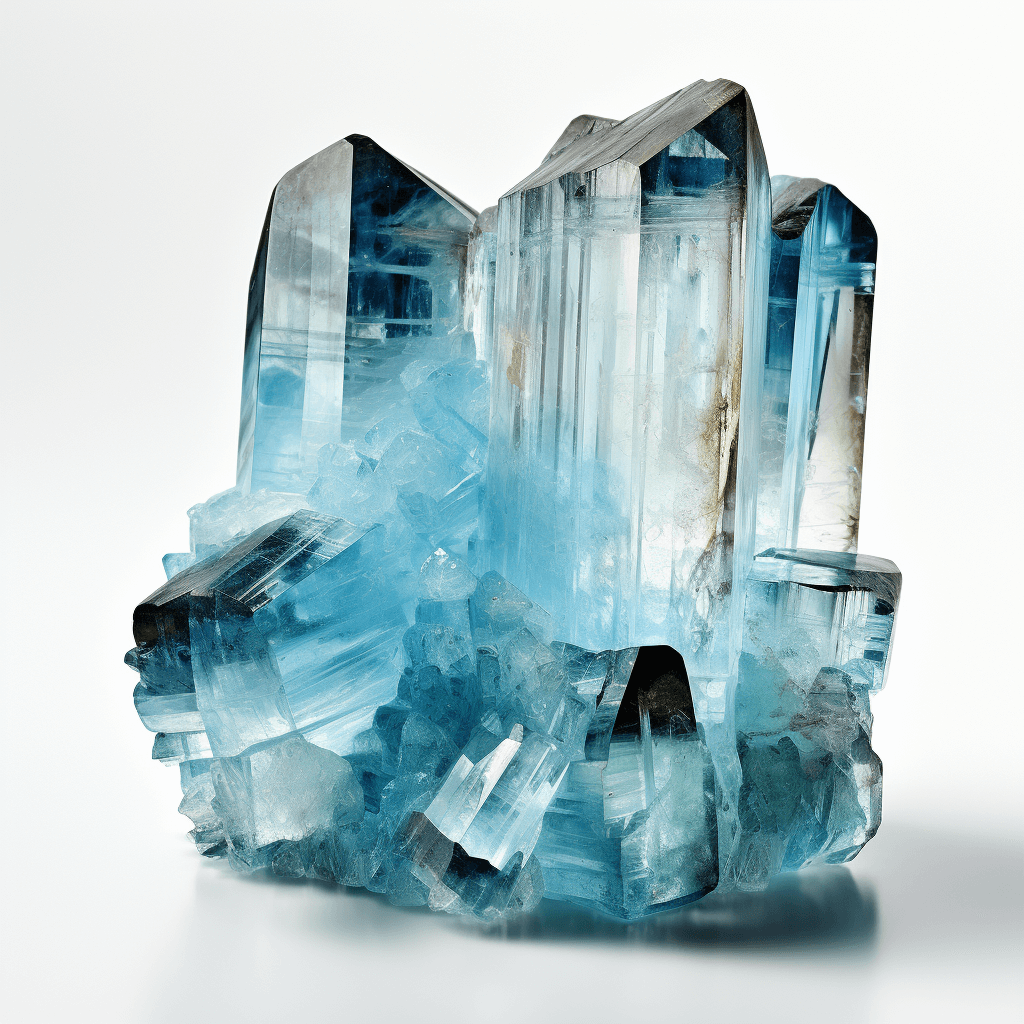
Anyone born in March is said to have the calming and soothing aquamarine as their birthstone of destiny. Going by its name, derived from two Latin words ‘aqua’ and ‘marina’, translated into meaning ‘water of the sea’, then one can immediately relate it with skies that are blue and waters that are equally so. The color of the gemstone can vary from transparent, pale, almost blue to a strong dark blue reminding of the depths of the ocean.
Sea aquamarine is often associated with the sailors and the sea in ancient lore. The sailors of yore would carry an aquamarine talisman, etched with the likeness of Neptune, the Sea God, as it was believed to offer protection against the dangers of the ocean, calm the waves and convey the sailors home safely. The Romans believed aquamarine was the healer of ailments associated with the stomach, liver, jaws, and throat. Further, It was considered as a perfect wedding gift for a bride since it encompassed the atmosphere of young love.
Today, anyone can wear aquamarine’s light blue hues – its cool colors will bring out any skin or eye hue. A highly desirable gemstone in jewelry, it is often used in rings, necklaces, and bracelets to accent its serene sky-blue color.
April: Diamond
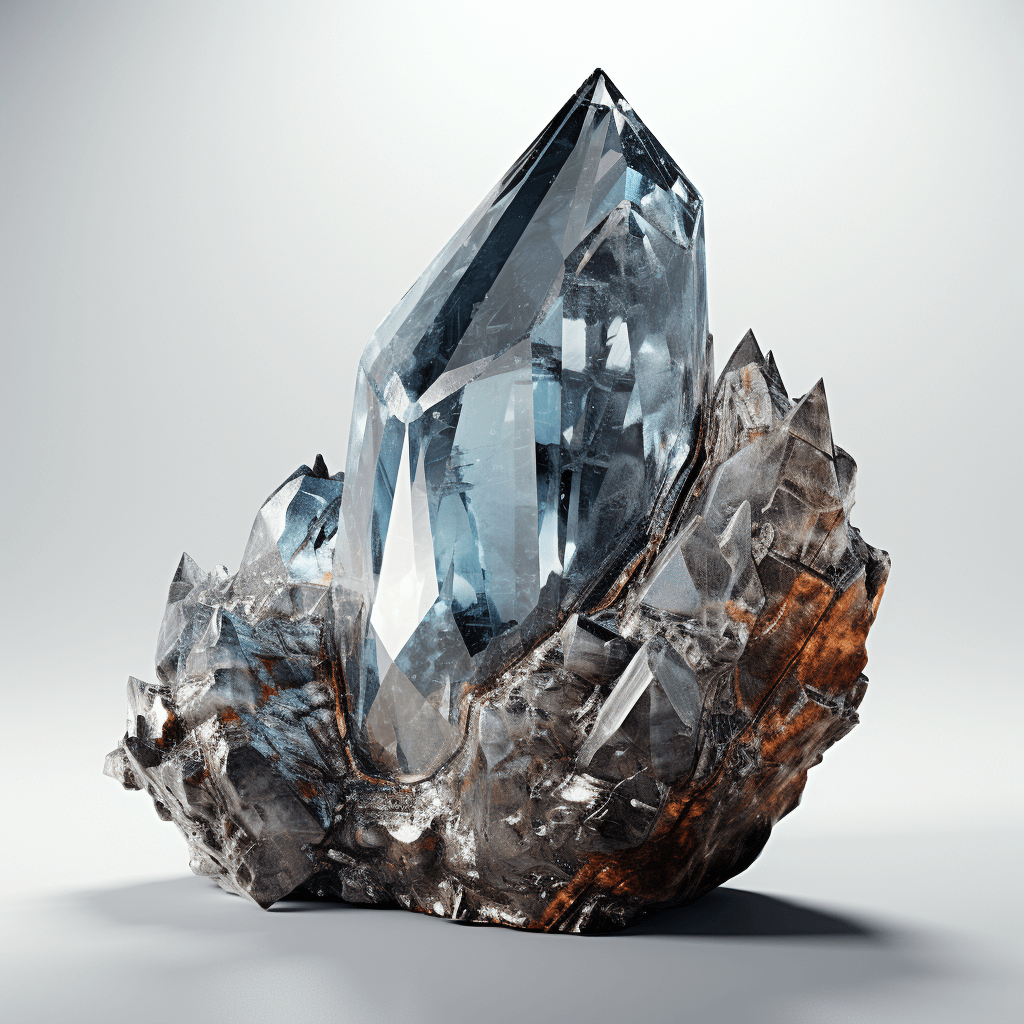
The birthstone of April is coveted because it is that of the diamond. Universally recognized as a symbol of eternal love, diamonds are also the hardest known substance of Earth. The name of this precious gem comes from the Greek ‘adámas’ which means ‘unbreakable’ or ‘indestructible’.
The association of the diamond with love trace back to ancient Rome where it was thought that Cupid’s arrows contain a tip of diamonds. Its invincible spiritual strength and brilliance was believed as symbolizing invincible spiritual strength hence it was believed that putting on of a diamond by an individual might bring upon the wearer strength, courage, and invincibility.
During the days of the middle ages, it was believed that these ailments could be cured by diamonds and were helpful to the cure of diseases which a result from the pituitary glands and brain. The reasoning behind the treatment was that by heating the crystal and taking to bed, it would draw out all the arising harmful toxins that crippled the human body.Nowadays, diamonds are usually cut in the brilliant style to maximize the natural brilliance of the stone and used in engagement rings, earrings, necklaces, and much more. Their unparalleled hardiness coupled with their timelessness has made them a favorite for use in various pieces of jewelry. As we go further down this fascinating path, decorated with gems – birthstones, it is not only the glittering brilliance and charm but also a rich history, lore, and faith of humanity that unveils to our gaze.
May: Emerald
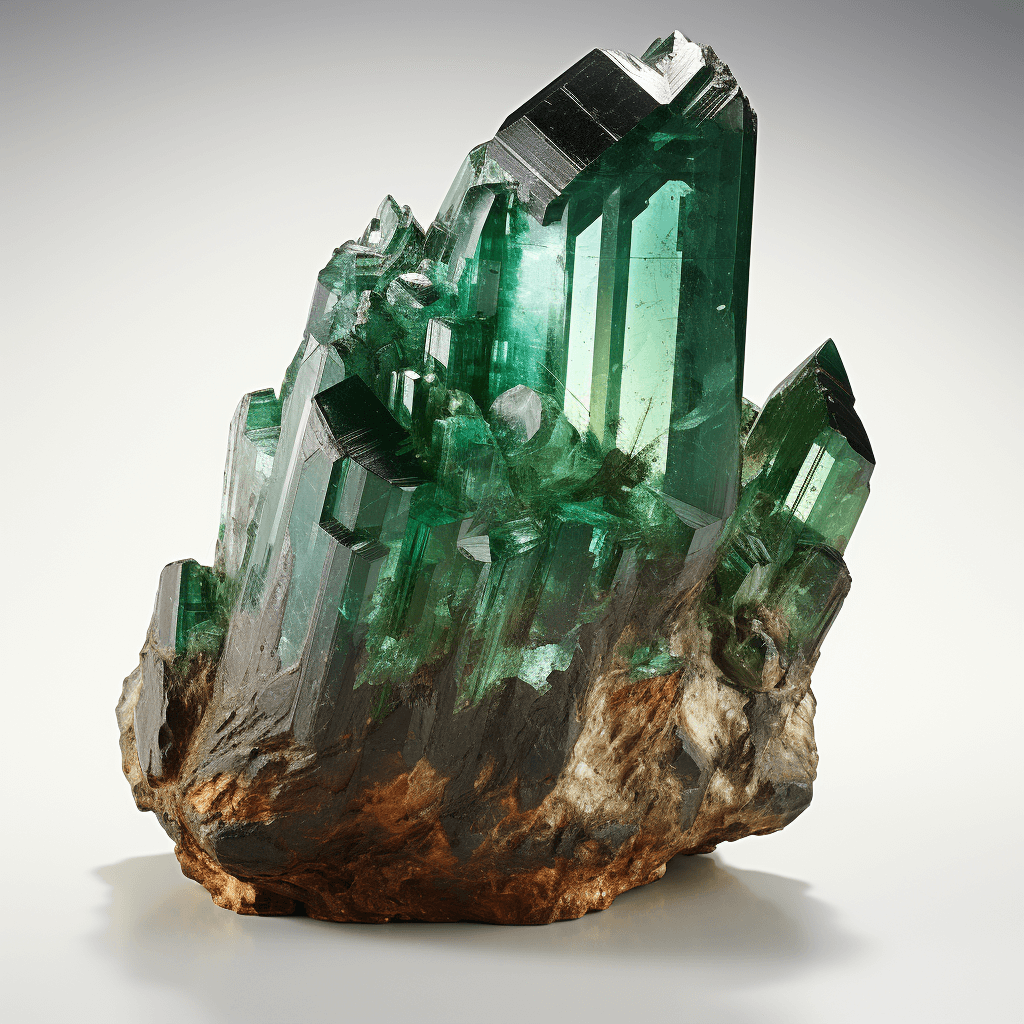
The exquisite emerald, May’s birthstone, has been cherished for millenniums. Its verdant hue has always been symbolic of rebirth, renewal and fertility befitting the month representing the start of spring in most cultures.
The name emerald comes from the ancient Greek word ‘smaragdos,’ meaning green gem. These valuable stones have been prized for their rich color and shine since time immemorial, soothing souls and evoking human imagination. From historical records and archaeologists’ discoveries, the first emeralds were mined by the ancient Egyptians about four thousand years ago. Cleopatra particularly loved this stone during her times as well.
In myth and folklore, emerald was said to give the wearer the ability to foresee the future and to reveal truths.In modern times, emeralds are in vogue amidst fine jewelry. The deep green color looks especially stunning set in gold, and its vintage charm is unmatchable when it is cut into an emerald shape.
June: Pearl, Alexandrite, Moonstone
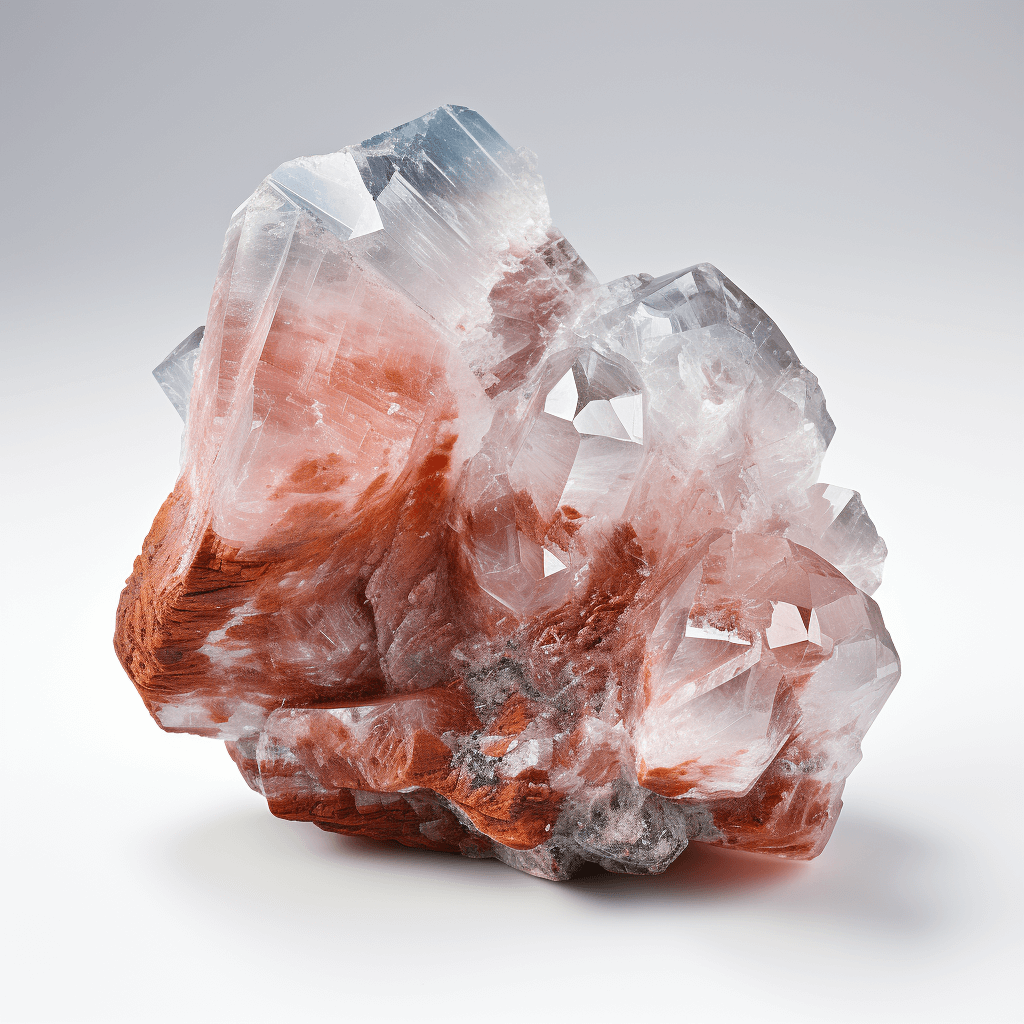
June-worthy individuals have the luxury of selecting one out of three intriguing birthstones – pearl, alexandrite and moonstone.
Pearls are unique in the sense that they’re the only gemstones created by living sea creatures and require no faceting or polishing to reveal their natural allure. They have been endeared due to their radiant, creamy textures, and delicate iridescent reflections since time memorial. Innumerable cultures consider pearls as symbols of purity hence they are favorite gems in many wedding jewels.
Alexandrite, derived from the name of Alexander II, is a relatively recent discovery of precious stones in Russia during the 1830s. Acting like a chameleon, in sunlight or daylight, it appears green but under incandescent light, it appears purplish-red and is considered among the most expensive gemstones to be worn today.
Moonstone. The third June birthstone carries a shimmering, otherworldly sense. Ancient just ages prior the good old Jesus Christ Rome speculators wondered if gem has formed from frozen moonlights and granted it magical qualities of hope, peace, prophecies.
Each of these stones imparts a unique allure to designs that offer the array of color options for someone born in June to express their own personal style or explore the history of its birthstone. So join us, please as we continue our trek through birthstones in future pieces. Learn of life and color and legend for each of these stones, give a glance into their cultural relevance, and maybe feel closer to your own birthstone than you ever have before.
July: Ruby

Ruby is a birthstone for July babies and is considered a king among gemstones. From the Sanskrit ‘ratnaraj’, meaning ‘king of precious stones,’ rubies have been revered around the world for centuries. They are exceptionally hard, second only to diamonds, and the name ruby actually comes from the Latin word ‘ruber,’ which means red.
There is much more interesting history to be said about rubies in many cultures. Ancient Hindus believed that wearing those gemstones would protect them from evil, while Chinese noblemen apparently even glued them rubies to their armor. In the Western culture, this gemstone is considered to symbolize love and passion because its characteristic color is red.
Jewelry design typically cuts rubies into oval and pillow shapes, and their brilliant color makes them a stunning pick for a statement piece of jewelry.
August: Peridot, Sardonyx, Spinel
People born in August became blessed with three birthstones all dedicated to them – Peridot, Sardonyx, Spinel.
Peridot, unique lime green colored gemstone that belongs to the very few precious stones which come in the only color. The iron content in the stone makes the color of the stone literally intense, which would be varied from yellow to brownish-green shade. The Ancient Egyptians used to call peridot the “sun gem” and considered it to possess magical effect and gave protection against all terrors in night.
It combines layers of sard and onyx — two types of the layered mineral chalcedony — making a reddish zebra-striped stone with white bands that was popular with the ancient Greeks and Romans who carried into battle talismans of sardonyx engraved with images of heroes and gods.
Spinel, the newest addition to the August birthstone, comes in a wealth of colors. Most famously though, it becomes known due to its deep red hue that closely mimics that of ruby. This has led to spinel being bestowed the undeserved reputation of “fake” ruby in the past, but now it is recognized and appreciated for the qualities of its own.
August offers expansive birthstone options and they range from the vibrant peridot to the luxurious elegance of spinel.
September: Sapphire
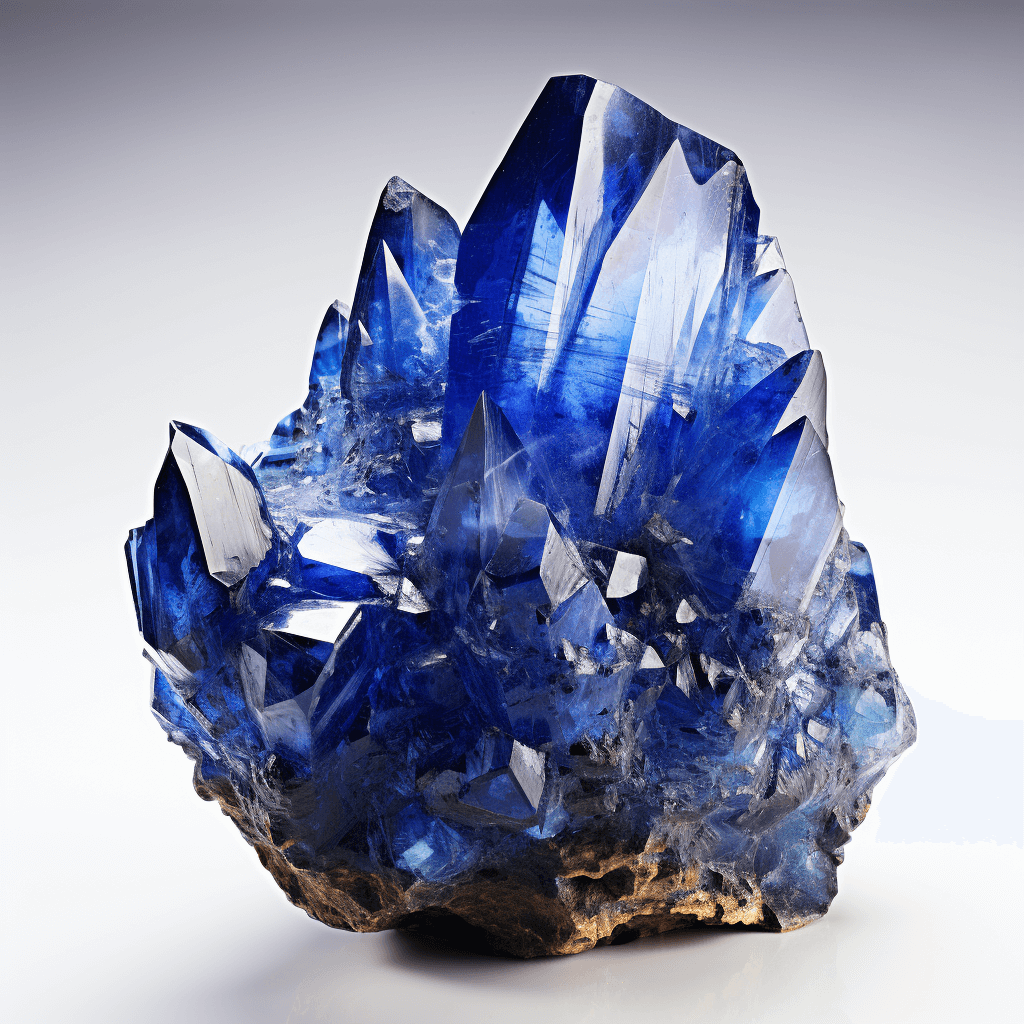
They are born in September, and the amazing sapphire is their birthstone. While sapphires have traditionally been linked to a deep, celestial blue, the fact of the matter is that sapphires do not come in that color-variety – save for red.
The red variant of the mineral corundum takes on its own identity as ruby. The name sapphire originated from the Greek ‘sappheiros’ meaning a ‘blue stone’. Sapphires are being held in high esteem for thousands of years due to its color and hardness. They portray wisdom, royalty, and divine favor.
They believed that sapphires shield from harm those who were dear to you and they also symbolized loyalty and trust. This was the reason why many of the people use sapphire in their engagement rings, most famously Princess Diana and now Duchess Catherine’s engagement ring.
Since sapphires are generally more plentiful and smaller gemstones, they can be cut into cushions or rounded shapes that work well for all types of jewelry from rings to pendants.
October: Opal, Tourmaline
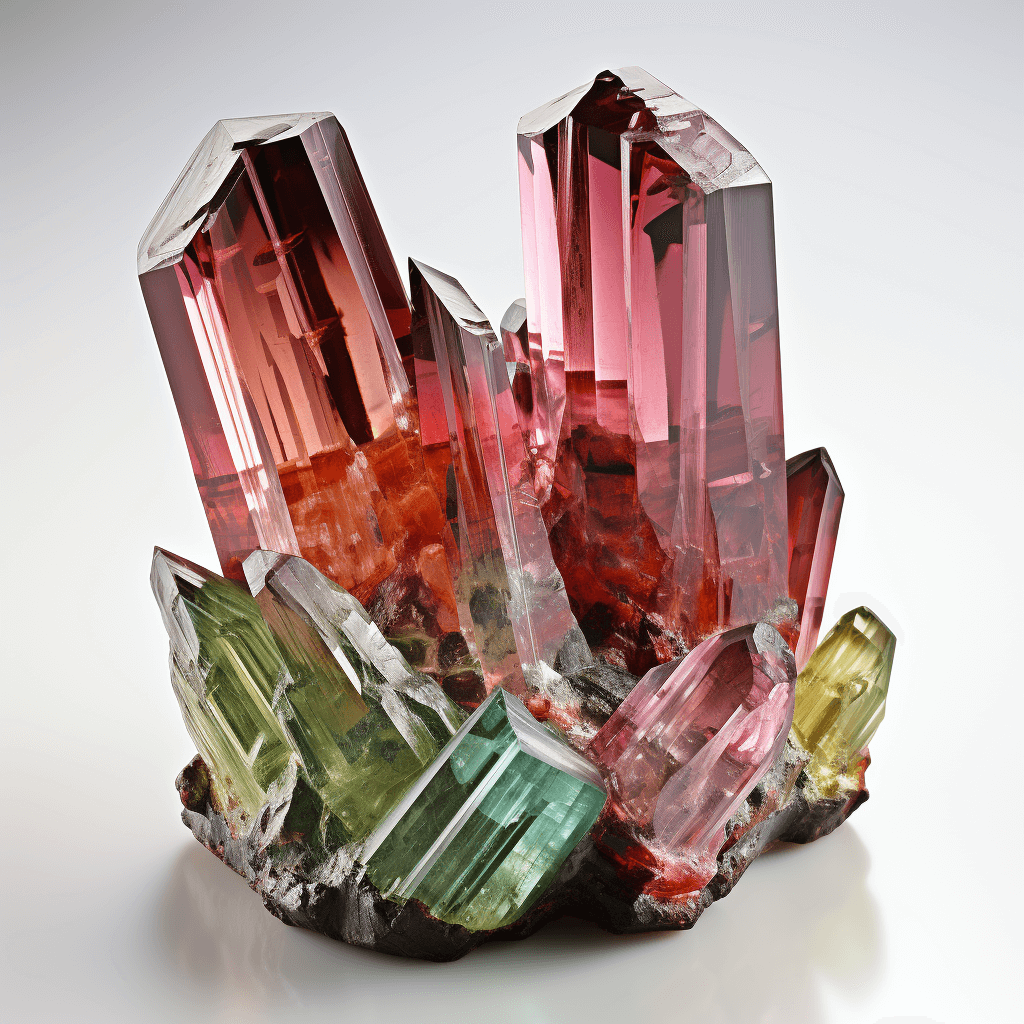
Those born in October enjoy the choice of two enchanting birthstones – opal and tourmaline.
Opals are admired for unique shifting colors named ‘play-of-color’. The old Romans embraced a stone of hope and good luck. As to the name, it was given from the word Greek word ‘opallios’ or ‘to see a change of color’ as the stone is full of coloring effects similar to that of the rainbow.
Tourmaline, on the other hand, is admired because of its unsurpassable variety and range of colors. Its name derived from the Sri Lankan language ‘tura mali’ which means ‘stone of mixed colors’. According to legends, it elicits artistic creativity thus becoming more perceptiveness or understanding towards human emotions.
Both opals and tourmalines are favored in jewelry for their colorful versatility. Whether you’re drawn to the enticing color changes of opal or the rainbow variety of tourmaline, October’s birthstones offer a little something for everyone.
Stay tuned as we delve deeper into the world of these beautiful birthstones and discover what is the story behind them as well as what they have in common.
November: Topaz, Citrine
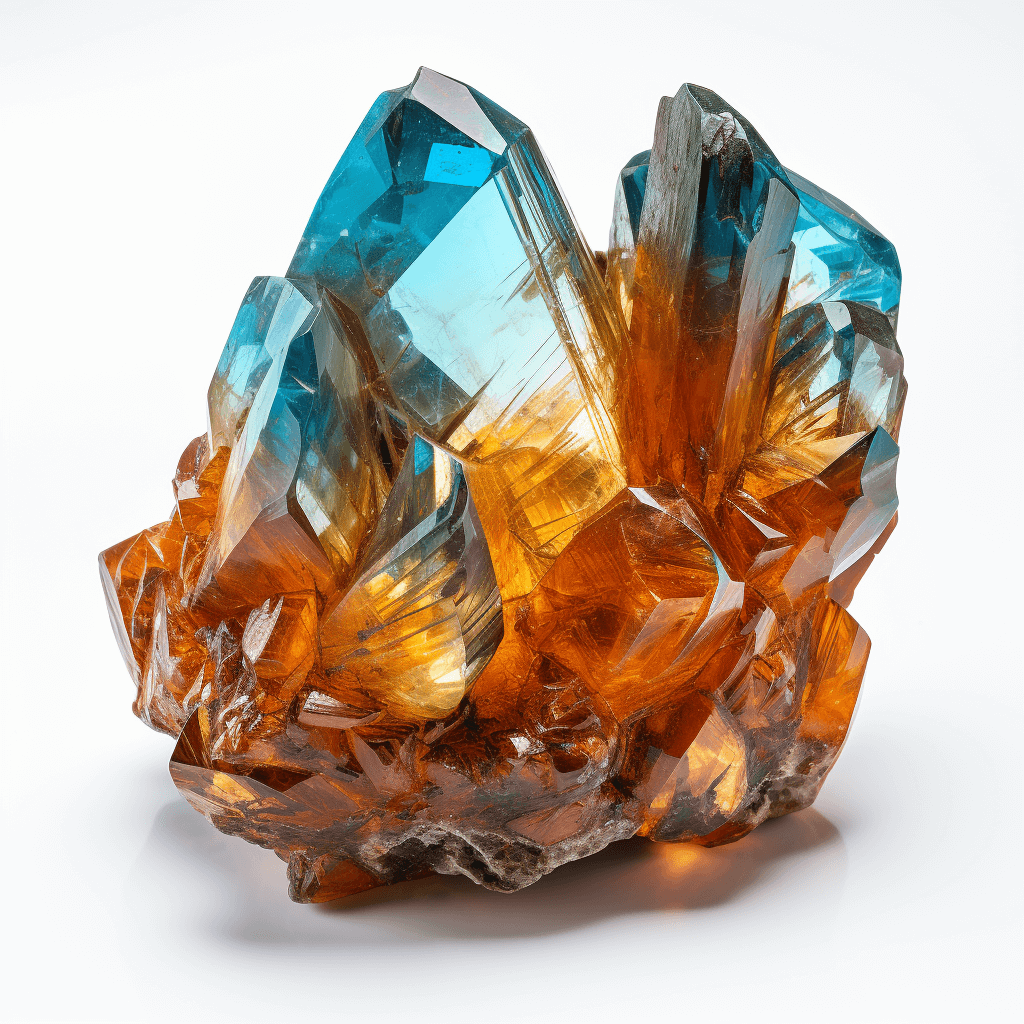
Warm and radiant, November babies have two bright choices of brilliant birthstones – topaz and citrine.
Topaz, whose name is derived from the Sanskrit word ‘tapas,’ meaning ‘fire,’ has been one of the most precious gemstone for the several thousand years. Though topaz is found in a variety of colors, the virtually unknown and unique Imperial Topaz – which has its name due to the Russian Czars that have lived in 19th century – shows a majestic orange color with delicate hints of pink. It was a generally held folklore belief that topaz increased once strength and intellect from being invisible in matters of extreme desperation.
Citrine, on the other hand, is treasure captivating yellow to brownish orange colors. Derived ‘citron,’ a French word meaning ‘lemon’. Citrine has often been referred as a gift of the sun and is believed to be a powerful antidote against skin snakes. It’s also associated with prosperity of the wearer and is often called ‘The Merchant’s Stone’.
Both topaz and citrine are calming stones, they also have a warming color. The beautiful hues in which each is found make them ideal as the centerpiece of an array of jewelry.
December: Tanzanite, Zircon, Turquoise
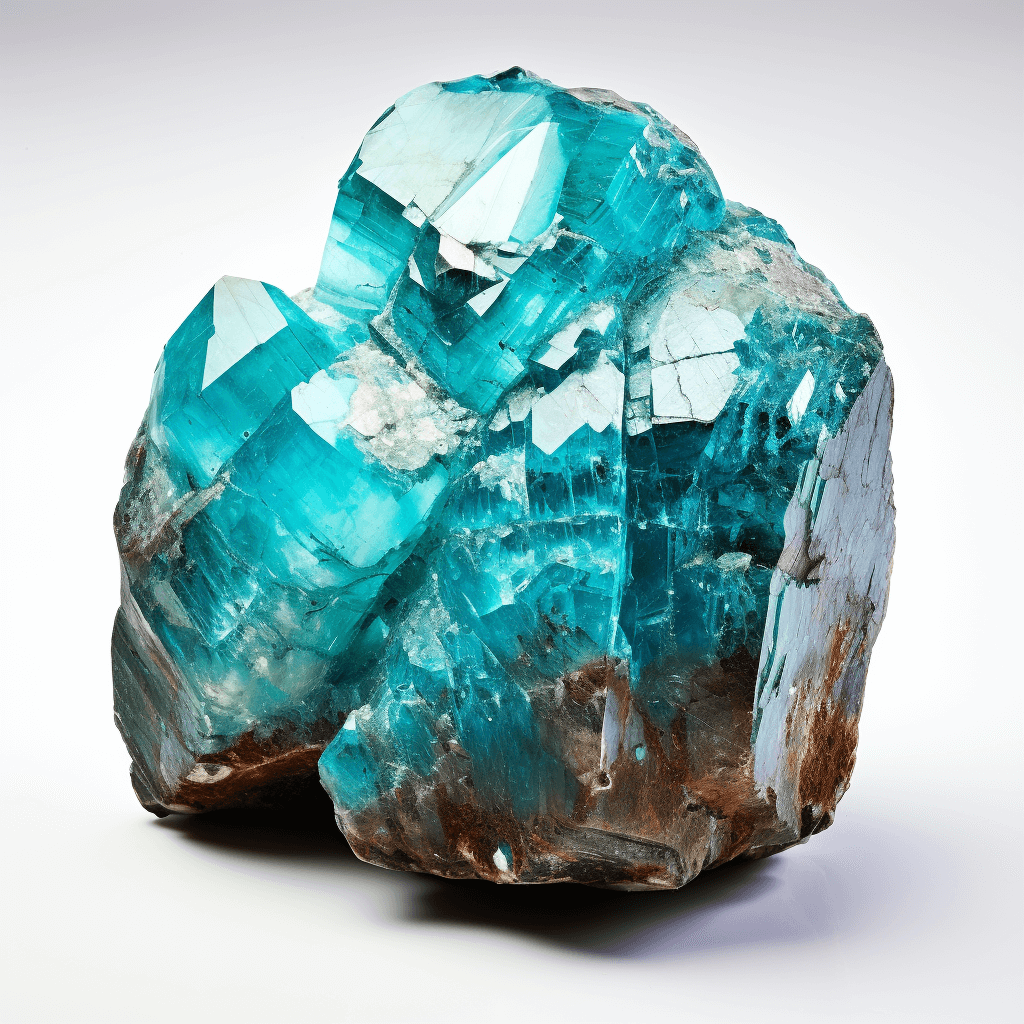
December boasts a trio of three beautiful birthstones – tanzanite, zircon, and turquoise.
Zircon, found in a range of colors, is valued with its luster and brilliance. The true blue varieties are the most admired. This gem that was considered to promote wisdom, honor, and wealth during middle ages.
Turquoise, due to bluish-green exhibit, has been one of the oldest-known gemstones throughout. It found favor with ancient Egyptian Pharaohs and Aztec Kings as a fortune-bring precious stone. It is also thought of as a protective and curative stone used either as an amulet in diverse cultures.
Whether it’s the rich blues of tanzanite, the sparkling brilliance of zircon, or the historical appeal of turquoise, December’s birthstones offer an array of choices to fit any mood or outfit. We have gone through the cycle of birthstones by month, introducing the gemstone along with a brief history complete with cultural significance and mythological attributes. Each month represents a new birthstone with distinct qualities age-old cultural and even mythological attributes rendering your experience personalized.
Birthstone Chart:
| Month | Birthstone(s) | Color(s) | Symbolism | Mohs Hardness | Origin |
|---|---|---|---|---|---|
| January | Garnet | Red, brown, green, yellow, orange, pink, black | Protection, Trust, Friendship | 6.5 – 7.5 | All the world |
| February | Amethyst | Purple | Spirituality, Wisdom, Soberness | 7 | Brazil, Zambia, Uruguay |
| March | Bloodstone, Aquamarine | Light Blue, Red with green spots | Comfortability, Bravery, Health | 7.5 – 8 | Brazil, Madagascar, Zambia | April | Diamond | Clear, maybe color-free | Love, Power, Forever | Tenth | Everywhere in the World |
| May | Emerald | Green | Rebirth, Fertility, Love | 7.5 – 8 | Colombia, Brazil, Zambia |
| June | Moonstone, Pearl, Alexandrite | White, White with blue sheen, Color changing | Purity, Love, Longevity | Worn by All Over The World | Gemstones: 2.5 – 4.5 (Pearl), 8.5 (Alexandrite), 6 – 6.5 (Moonstone) |
| July | Ruby | Red | Passion, Love, Courage | 9 | Myanmar, Madagascar, Sri Lanka, | August | Peridot, Sardonyx, Spinel | Green (Peridot), Red and white bands (Sardonyx), Various (Spinel) | Protection, Courage, Beauty | 6.5 – 7 (Peridot), 7 (Sardonyx), 8 (Spinel) | Worldwide |
| September | Sapphire | Blue, all colors other red | Wisdom, Royalty, Divine Favor | 9 | Myanmar, Madagascar, Sri Lanka | October | Opal, Tourmaline | Multicoloured, Various colours | Creativity, Artistic Expression, Hope | 5.5 – 6.5 (Opal), 7 – 7.5 (Tourmaline) | Through out world |
| November | Topaz, Citrine | Orange, Yellow to Brownish Orange | Strength, Intellect, Prosperity | December | Tanzanite, Zircon, Turquoise |
| 8 (Topaz), 7 (Citrine) | Worldwide | Greenish-Blue, All color ranges, Blue | Riches, Uplifting, Intelligence | 6 – 7 (Tanzanite), 7.5 (Zircon), 5 – 6 (Turquoise) | Tanzania (Tanzanite), Worldwide (Zircon), Egypt, Iran, United States (Turquoise) |
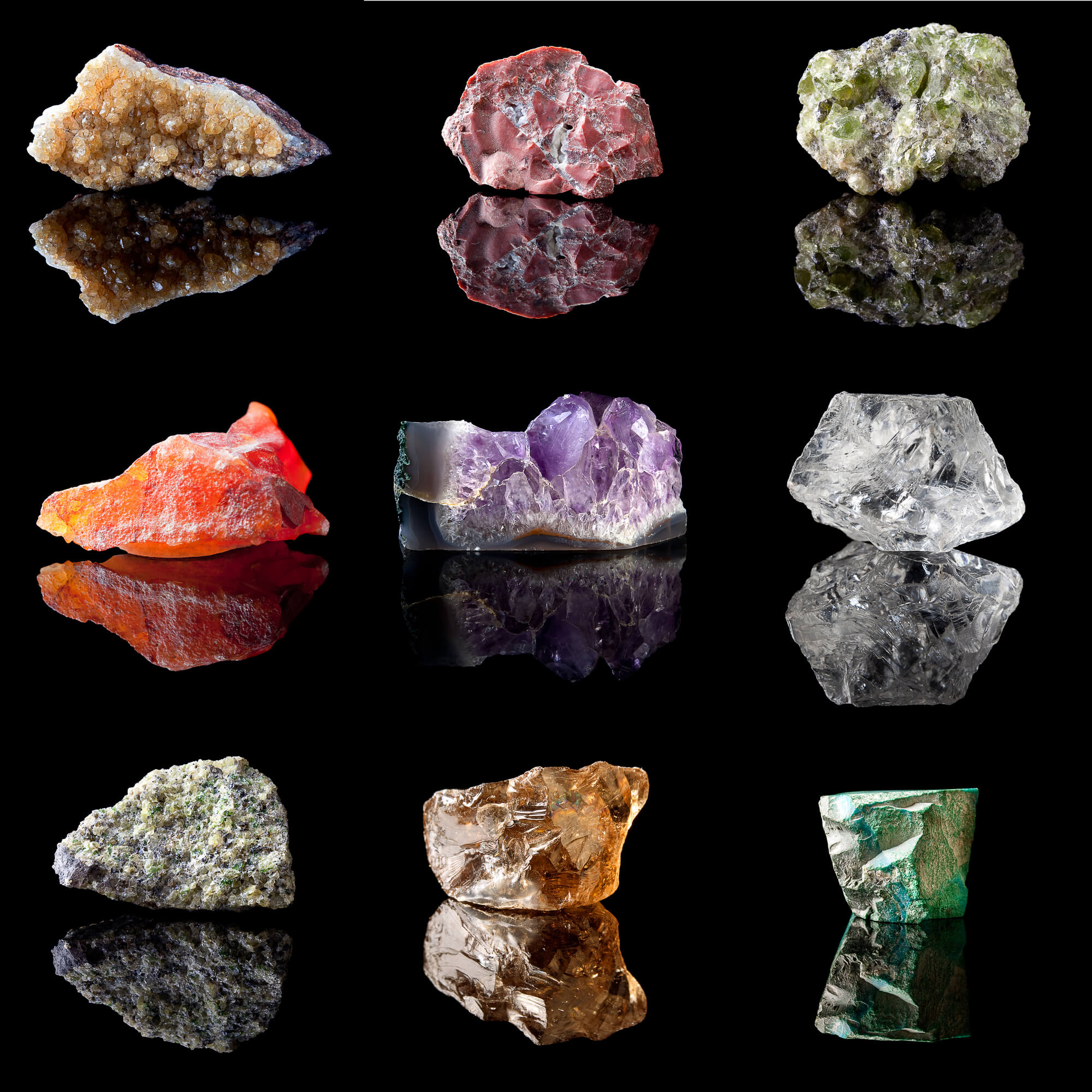
Modern Day Use and Significance of Birthstones
Birthstones in modern fashion
The birthstones in the present world are not just only conspired to be symbolizing our birth month but also tending modern fashion as a way of being aesthetic showing people how their individuality is. The great variety of gemstones and their bright colors and diverse characteristics make it a kind of a wide palette for jewelry designers. Their works can be presented as minimalistic, elegant adornments for every day wearing or luxurious festoonery for some special event.
Whether adorning a sleek pendant subtly or front and center in an ornate ring, the meaning found in birthstones in a piece of jewelry adds an extra layer. Their universality was further heightened by the versatility stamped to them every style from vintage classics to contemporary modern with the advantage that they could be mix and matched with other gems and precious metals.
Psychological and emotional meaning
Birthstones have believed to carry certain power and symbolism since ancient times, many of the people nowadays treat them with serious respect. Today, these stones often represent aspects of the inhabitant’s livelihood events and personality traits and may carry psychological or emotional features.
Their connection to a specific birth month gives a sense of identity and belonging. Furthermore, the qualities associated with each stone—like wisdom, courage, or calmness—can serve as personal affirmations. Wearing your birthstone can be a daily reminder of your strengths and potential, thereby boosting your morale and self-esteem.
Birthstones and gifting
The concept of birthstones thus offers personalised and thoughtful gifts possible for a loved one. Offering birthstone jewelry to a person depicts thought and loving care since they are customised to an individual based upon significance of various aspects of their own life. So come birthday, anniversary, graduation or whatever the other milestones, birthstones jewelry captures that moment making them great mementos.
CONCLUSION
Recap of Meaning of birthstones:The march through the year and resulting birthstones will then lead us to January’s deep red garnet and on, finally, to December’s variety of gemstones. Rich in history and folklore, each birthstone itself has its own symbolism as well as characteristics ranging from ancient myths, sacred religious beliefs, cultural customs, and at times even therapeutic powers summated for a thousand years.
Their history and meanings differ across cultures and through time, but the common theme is we form a strong personal bond with these stones. Whether it is the protective garnet, or royal amethyst, calming aquamarine and passionate ruby fruit, every birthstone has its story that could reach out to us at the personal level.
PERSONAL REFELCTION AND STATEMENTUltimately a birthstone is not valuable in the worth of its price or size but in its personal and emotional resonance. It is a piece of the cosmos you can clasp in your hand, a spattering, colourful fragment of yourself. Your birthstone is a testament to the month you were born, reflecting its spirit in color and quality alike.
Whether they are worn for their supposed therapeutic effects, the symbolic meaning or simply for their beauty – these birthstones remain a charming tradition that combines the charm of precious stones with personal identity significance. It estands as a shining reminder of our singular place in the grand tapestry of life.
Frequently Asked Questions
Does every month have 2 birthstones?
Not every month has two birthstones. It may be so that a month has only one specified birthstone or, in some cases, it may even have two to three birthstones. Everything depends on several aspects of culture and history as well.
Do birthstones go by month or zodiac?
Birthstones usually relate with the months of the year though they have also been assigned to zodiac signs. The stones that have been associated with zodiac signs may or may not coincide with monthly birthstones at times.
How to check birthstone by date of birth?
Your birthstone by date of birth will be found by matching the month which you were born with a stone from a certain chart. Other individuals may also match their zodiac with the birthstone.
What is the rarest birthstone?
Alexandrite is the birthstone for the month of June, and it’s generally considered to be the rarest birthstone. It is so because it has this unique ability to change color depending on how bright or dim the light is.
What is the 2 most expensive birthstone?
The two most expensive birthstones usually considered the diamond (April) and the emerald (May), because of their exceptional quality and as for scarcity.
Which is the luckiest birthstone?
Perceptions of “luck” can be quite subjective and often rest upon cultural beliefs. Yet, some believe that birthstones corresponding to the birth month bring the most luck as it is said to align with the chakra or the life force of the wearer.
What is the weakest birthstone?
But if hardness is considered as a yardstick of defining the strength, then the weakest among this birthstones may actually be pearl (June), because it’s very soft and can easily get scratched or damaged rather than other birthstones.
Are birthstones precious?
Although many birthstones are considered to be precious or semi-precious stones such as diamonds, emeralds, rubies, and sapphires, the classification of ‘precious’ versus ‘semiprecious’ is almost a label for use in history rather than a measure of worthiness.
Is aquamarine more expensive than amethyst?
Overall, good quality of aquamarine is relatively scarcer comparing to amethyst thus costs little more but this can vary with various factors such as size, color, clarity and overall quality.
What is the oldest birthstone?
The concept of birthstones is quite ancient, so it’s hard to pinpoint the “oldest” one. Nevertheless, the idea of birthstones can be traced through allusions in biblical texts, and one of the earliest known lists of birthstones comes from the Jewish High Priest’s breastplate, which featured stones such as sapphire, emerald, and amethyst.
What is the 5 rarest birthstone?
If considering rarity in terms of occurrence in nature, the five rarest birthstones would be: Alexandrite (June), Black Opal (October), Paraiba Tourmaline (alternate for October), Pink Star Diamond (alternate for April), Grandidierite (not a traditional birthstone but one of the rarest gemstones on earth).

